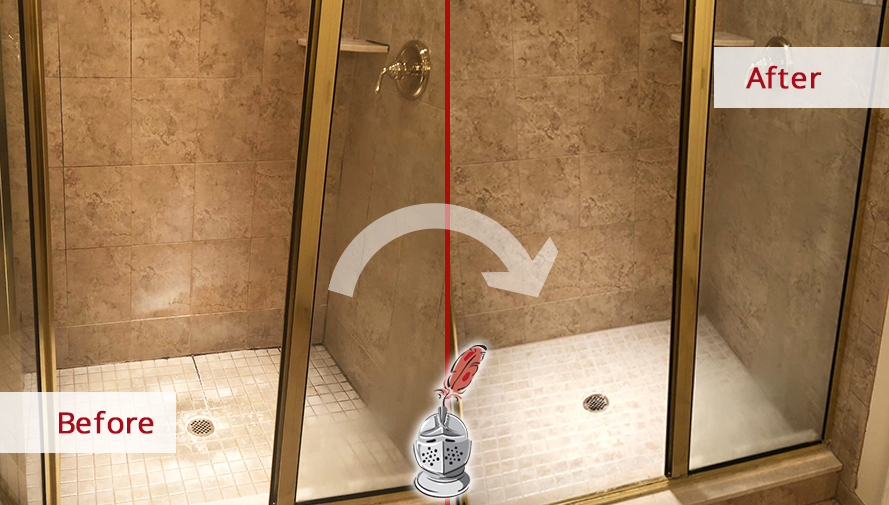Typical Causes of Water Damage in a Bathroom
Typical Causes of Water Damage in a Bathroom
Blog Article
Just how do you actually feel when it comes to How to Fix a Water Damage Bathroom?

The bathroom is very vulnerable for wet accumulation and also prospective water damages because of the constant use of water in it. This write-up provides simple assessment techniques to assist discovering water damages risks.
The constant use of water in the washroom makes it incredibly prone for moist build-up and also potential water damages. By inspecting it regularly, you can decrease water relevant damages.
The complying with collection of evaluations is simple to execute and also ought to be done as soon as in every three months in order to keep your bathroom in good shape and also to prevent prospective water problems caused by the tub, the shower, pipeline joints and also plumbing, sinks, cabinets, as well as the commode
Do not neglect carrying out these examinations and be extensive while executing them. Remember that these easy assessments can conserve you a great deal of money by offering very early signs for water damages
Sinks and Cabinets
Sinks and cupboards are revealed to dampness and moisture day-to-day and are frequently ignored. Check consistently under the sink and also on the countertop above it. Repair any drip in the trap as it may suggest drain issues. Browse the sink, slow-moving draining pipelines might show an obstructed drainpipe. Replace sink seals if they are cracked or loose.
Bath tub and also Shower
The shower and also bathtub call for unique attention and maintenance. Check the tiles and replace if cracked. Make sure that there is no missing cement in between the floor tiles. Evaluate and also change split caulking at joints where the wall surfaces fulfill the floor or the bath tub. Obstructed drains and pipes problems will prevent the bathtub from drying and may indicate major problems below the tub. Speak with an expert promptly to avoid architectural damages. Focus on stainings or soft areas around the tub walls as they may indicate an interior leak.
Plumbing
Signs for water damages are difficult to discover because many pipes are set up inside the wall surfaces.
Pay special attention to flooring and walls dampness as well as discolorations as they may indicate an unnoticeable plumbing issue. Check wetness levels in adjacent spaces as well.
The Bathroom
The toilet is an at risk water junction. Examine the water lines and look for leaks around the toilet seat, in the tube, and under the water container. If you detect any kind of signs of wetness on the flooring around the bathroom, look for leaks in the toilet edge as well as storage tank seals.
Be aware that hanging bathroom bowl antiperspirants enhances the opportunities for obstructions.
Water Damage Signs In The Bathroom To Avoid Cleanup
Musty smell
This is one of the easiest signs to catch because musty smells are so odorous. The damp, earthy, moldy smell should be a big red flag. The smell will develop when moisture gets trapped in surfaces, and begins to facilitate mold growth. Leaking pipes under cabinets, inside walls, and behind shower fixtures will cause moisture to stay trapped and not dry, which will lead to mold growth and spread. As soon as you notice any musty smells in your bathroom, have it checked for hidden water damage and cleanup signs.
Visible mold
If the smell isn’t there to give it away, sometimes you will actually see mold growth. Finding mold in your bathroom is a serious problem, because mold is very harmful to your health. By the time mold growth is visible, it also means that water damage has already occurred and been present for some time. The only way the mold problem can be resolved is to find the source of the moisture and get it stopped. To safely and adequately remove mold, you need to have professionals handle the remediation. Do not waste any time in getting mold problems addressed, fixed, and sanitized so that you can protect you and your family from the many respiratory symptoms caused by mold exposure.
Damaged floors
Bathroom floors should be able to withstand some exposure to water while still remaining in good condition. However, when excess exposure or water leaks occur, they will begin to damage even the most water-resistant flooring. If you notice any cracking, bubbling, staining, or warping on your bathroom floors, there is probably a water leak somewhere causing the distortion. If you notice areas of the floor have become softer, or even have a spongy feeling, there is probably damage to the subfloor. Subflooring is typically made up of plywood. When plywood is exposed to water or moisture, it will absorb it. Once it has become saturated, the weight of the excess water will cause the wood to swell and soften. Check the floors in your bathroom frequently to catch any of these sings before they lead to damaged subflooring.
Changes on walls
When water leaks behind walls, it will cause changes in the drywall. Peeling plaster, blistering paint, and soggy wallpaper are all good indicators that excess water is building up behind the wall. Water leaking behind drywall will cause it to swell and be soft to the tough. If you start to notice gaps along the trim of your walls, or where tile meets the wall, it could also be a strong indicator that there is a leak behind the wall. Any changes, distortion, or damage on the walls should be evaluated as soon as you notice it to prevent further water damage and cleanup.

As a person who reads on How to Prevent Bathroom Water Damage, I think sharing that piece of content was a good idea. Are you aware of somebody else who is looking into the subject? Feel free to share it. I am grateful for your time. Visit again soon.
Contact Report this page